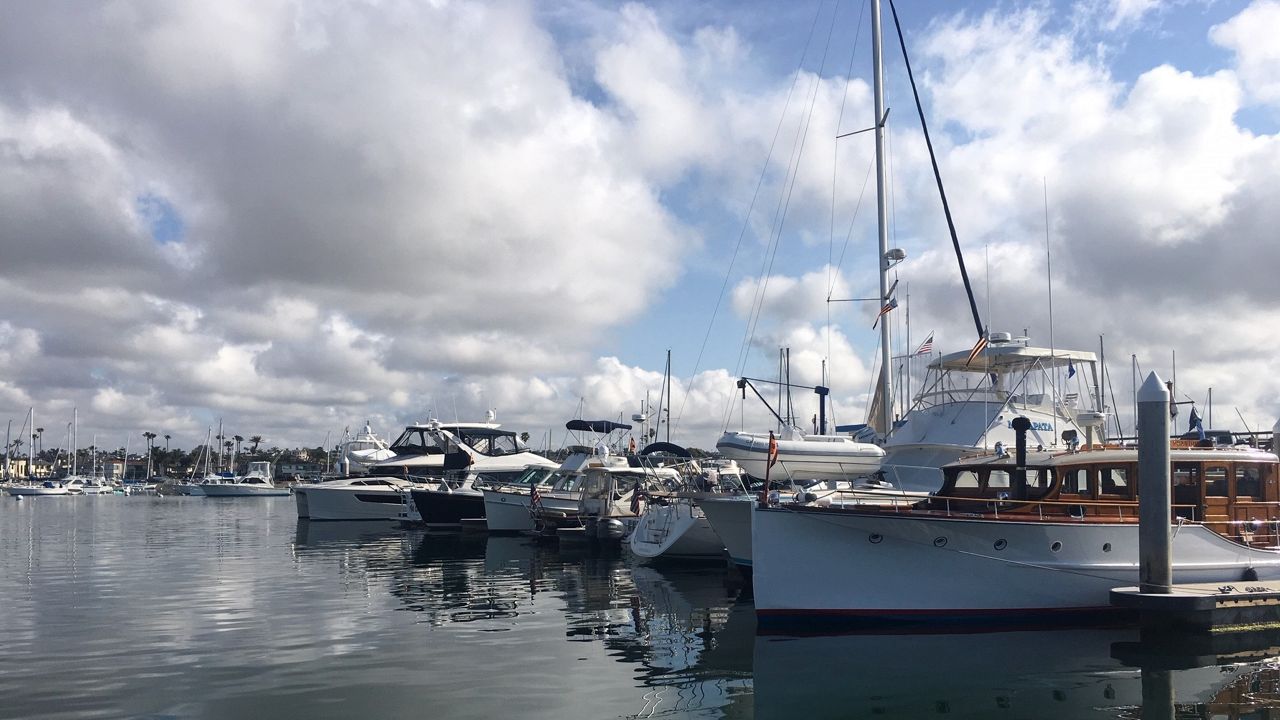NEWPORT BEACH, Calif. — In recent months, a new invasive algae species made its debut off the California coast.
Of all places, it landed off Newport Beach — its marine shades of green vaguely otherworldly.
It’s one of a number of invasive species that has come to California as global temperatures rise. A 2020 study predicts it will get worse. Between 2005 and 2050, the number of alien species could increase by 36%, according to the journal "Global Change Biology."
Eric Wilkins, senior environmental science supervisor for California Fish and Wildlife Marine Region, said this new algae, Caulerpa prolifera, is found in tropical waters and could harm native aquatic plant species by out-competing them. Caulerpa prolifera is often used by fish keepers who buy the plant to help maintain fish tanks. It’s prized by fish enthusiasts for its ability to proliferate and its hardiness.
The key is keeping it contained.
“This species has not occurred in California anywhere,” he said.
Many other invaders have already established footholds in multiple regions of the state. They range from birds, like the mute swan, to reptiles, like the red-eared slider. So far, this one is isolated.
How it arrived is unclear. Wilkins said it's unlikely that it arrived on the bottom of a boat, and they’re still investigating how the seaweed made its way to California shores.
The plant was first discovered by a local diver who then reported the oddity to authorities.
Now, a handful of agencies, including the California Coastal Commission, the City of Newport Beach and the Santa Ana Regional Water Quality Control Board have huddled to make a plan of action. Wilkins did not disclose the details of that plan because it is still under development. But he said there will be an initial eradication of the seaweed followed up by what could be several years of additional culling.
Wilkins said this unwanted visitor is reflective of a bigger problem.
“Warming waters increases the chances of invasive species coming in and taking hold,” he said.
Authorities have already expelled a similar invasive species.
In 2000, Caulerpa taxifolia was discovered and then eradicated by 2006.
Authorities say while the algae poses no danger to humans, people should avoid it because of its ability to quickly spread.



